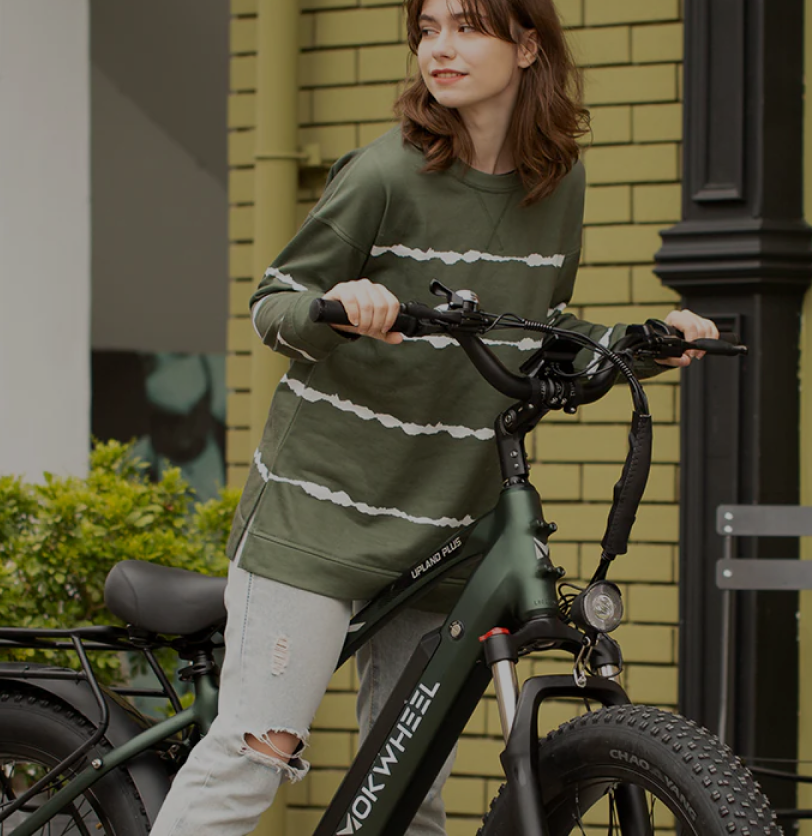Featured Blog Posts
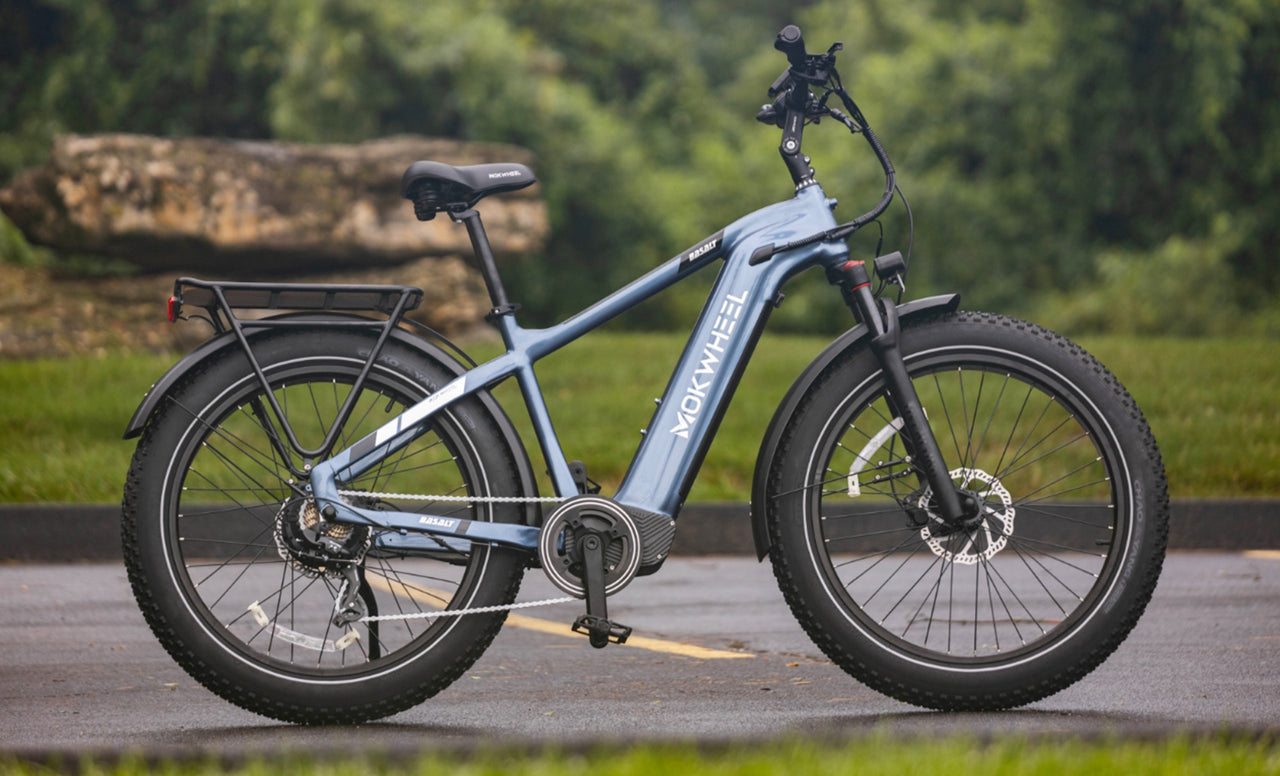
Read More
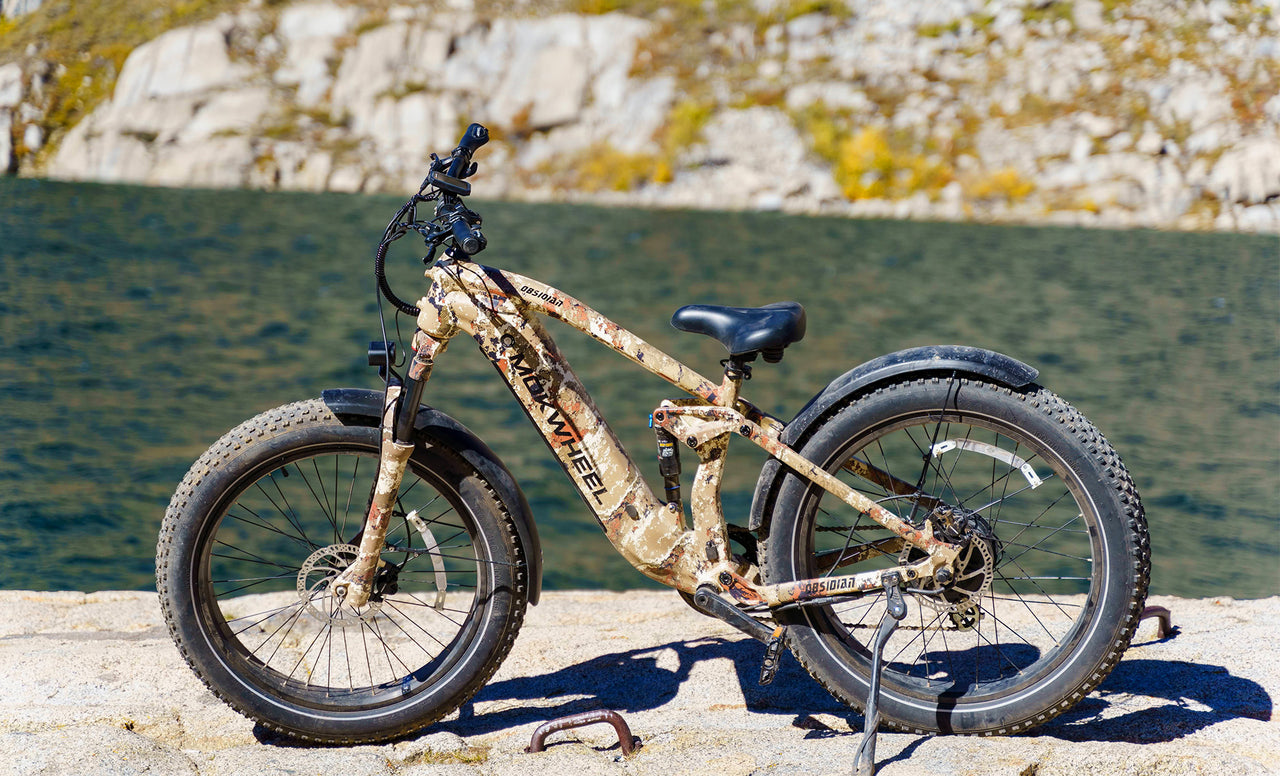
Read More
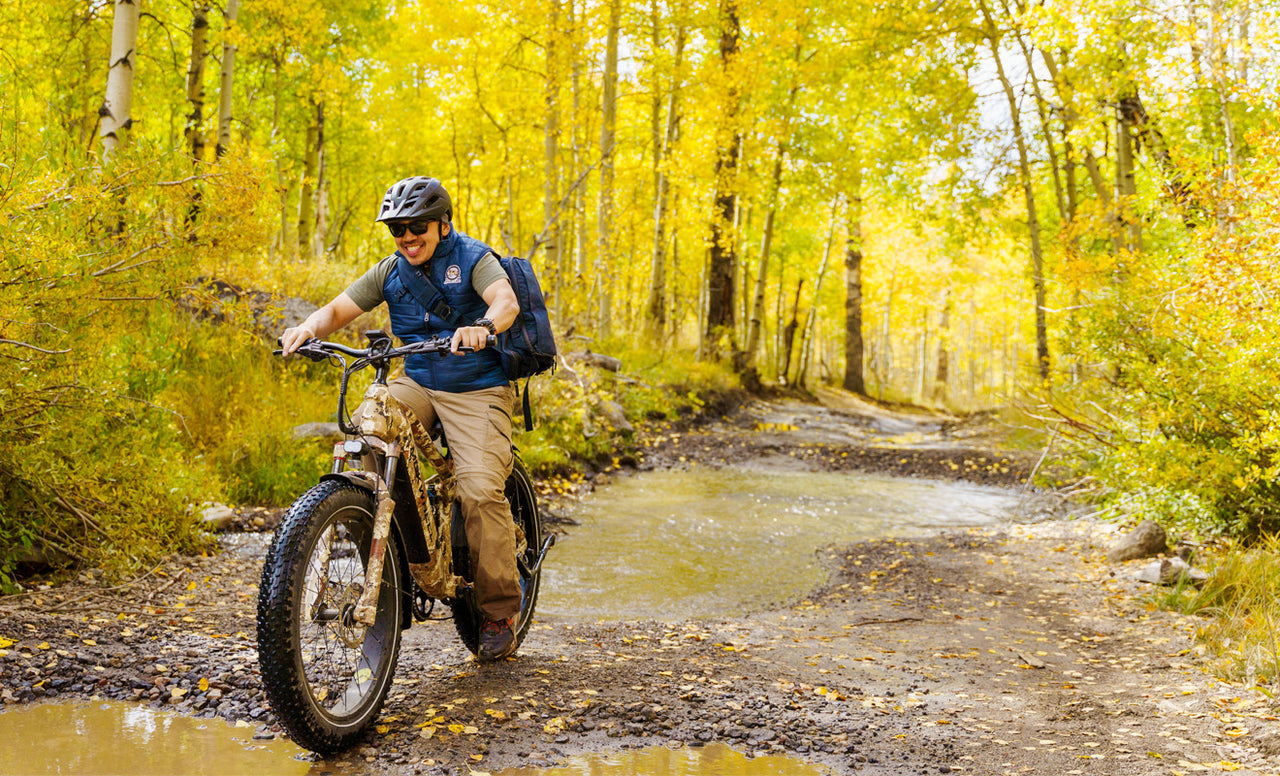
Read More
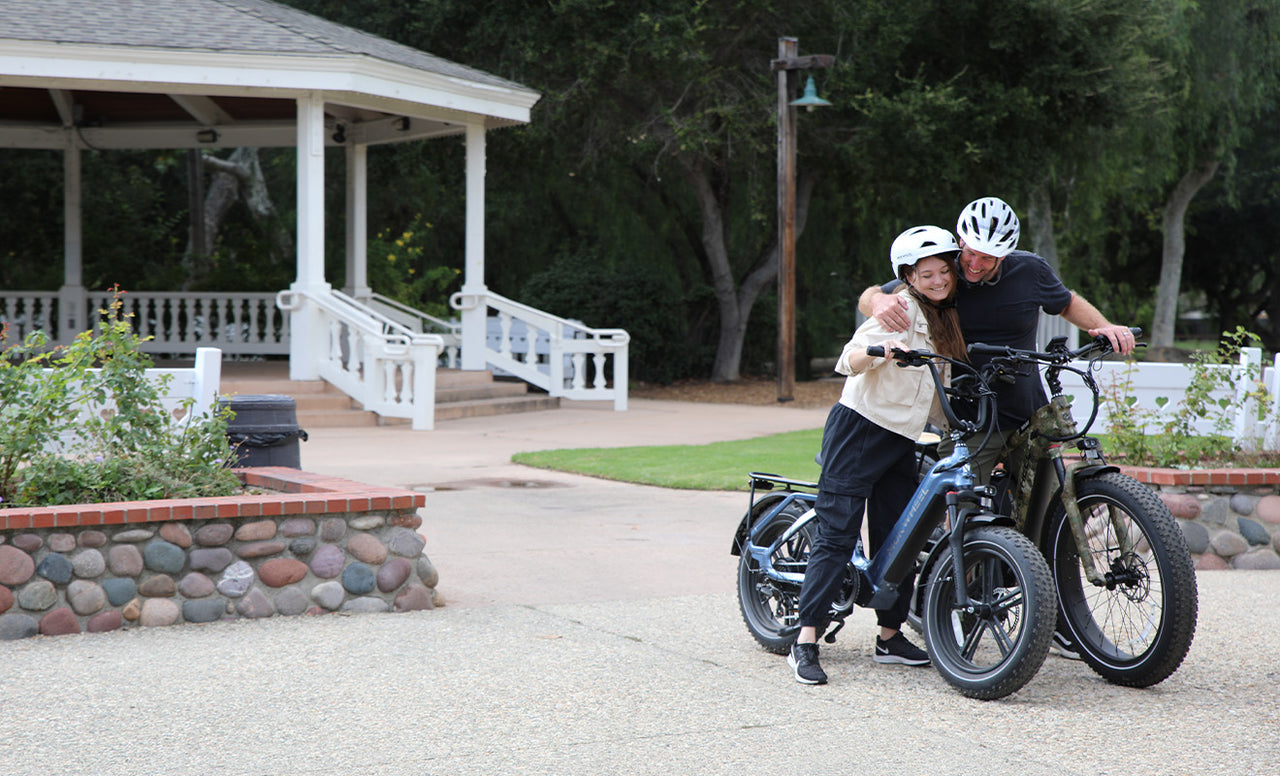
Read More
 Free Shipping
Free Shipping
 15-Day Returns
15-Day Returns
 2-Year Warranty
2-Year Warranty
 Free Shipping
Free Shipping
 15-Day Returns
15-Day Returns
 2-Year Warranty
2-Year Warranty
Buy 2 E-Bikes Get a FREE Gift!
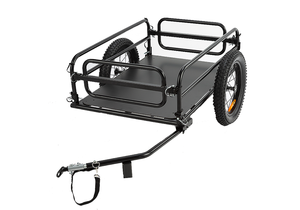


"I never imagined I could power a projector and speakers with my e-bike... until Mokwheel let us host movie nights under the stars at our...
"I never imagined I could power a projector and speakers with my e-bike... until Mokwheel let us host movie nights under the stars at our...

Mokwheel’s Solar-Ready E-Bike: Ride Farther, Charge Freely, and Keep the Adventure Alive
Mokwheel’s Solar-Ready E-Bike: Ride Farther, Charge Freely, and Keep the Adventure Alive

Ride Green, Snap a Photo, and Claim Your Prize!
Ride Green, Snap a Photo, and Claim Your Prize!

If you’re searching for the best electric bike for city commuting, the new Mokwheel Tarmac is here to transform your daily rides. Mokwheel, a trusted...
If you’re searching for the best electric bike for city commuting, the new Mokwheel Tarmac is here to transform your daily rides. Mokwheel, a trusted...

We’ve always believed in transparency, even when the news is tough. Today, we’re writing to share an urgent update - and to give you one last...
We’ve always believed in transparency, even when the news is tough. Today, we’re writing to share an urgent update - and to give you one last...

500W electric bikes are a perfect balance between power, efficiency, and affordability. Whether you're a commuter, a recreational rider, or someone looking for an eco-friendly...
500W electric bikes are a perfect balance between power, efficiency, and affordability. Whether you're a commuter, a recreational rider, or someone looking for an eco-friendly...

Mountain biking is an exciting and rewarding way to explore the outdoors, and choosing the right bike can make all the difference, especially for beginners....
Mountain biking is an exciting and rewarding way to explore the outdoors, and choosing the right bike can make all the difference, especially for beginners....

At Mokwheel, we believe riding isn’t just transportation—it’s a gateway to freedom, connection, and self-discovery. It’s about the courage to explore new horizons and the...
At Mokwheel, we believe riding isn’t just transportation—it’s a gateway to freedom, connection, and self-discovery. It’s about the courage to explore new horizons and the...

Hardtail mountain bikes are a top choice for riders looking for an efficient, lightweight, and affordable bike that performs well on trails, climbs, and even...
Hardtail mountain bikes are a top choice for riders looking for an efficient, lightweight, and affordable bike that performs well on trails, climbs, and even...

Dear Mokwheel Owner, Thank you for joining our mission to redefine riding—where freedom, smart tech, and sustainability come together. To help you unlock your bike’s full potential, we’ve created a video showcasing how your Mokwheel inverter transforms every ride: · Mokwheel’s mission: redefine green mobility. · How your built-in inverter works to charge your bike...
Dear Mokwheel Owner, Thank you for joining our mission to redefine riding—where freedom, smart tech, and sustainability come together. To help you unlock your bike’s full potential, we’ve created a video showcasing how your Mokwheel inverter transforms every ride: · Mokwheel’s mission: redefine green mobility. · How your built-in inverter works to charge your bike...

Read More

Read More

Read More

Read More
Stay up-to-date with the latest Mokwheel news. Sign up today.

We use cookies to enhance your browsing experience, serve personalized ads or content, and analyze our traffic. By clicking "Accept", you consent to our use of cookies. Cookie Policy


